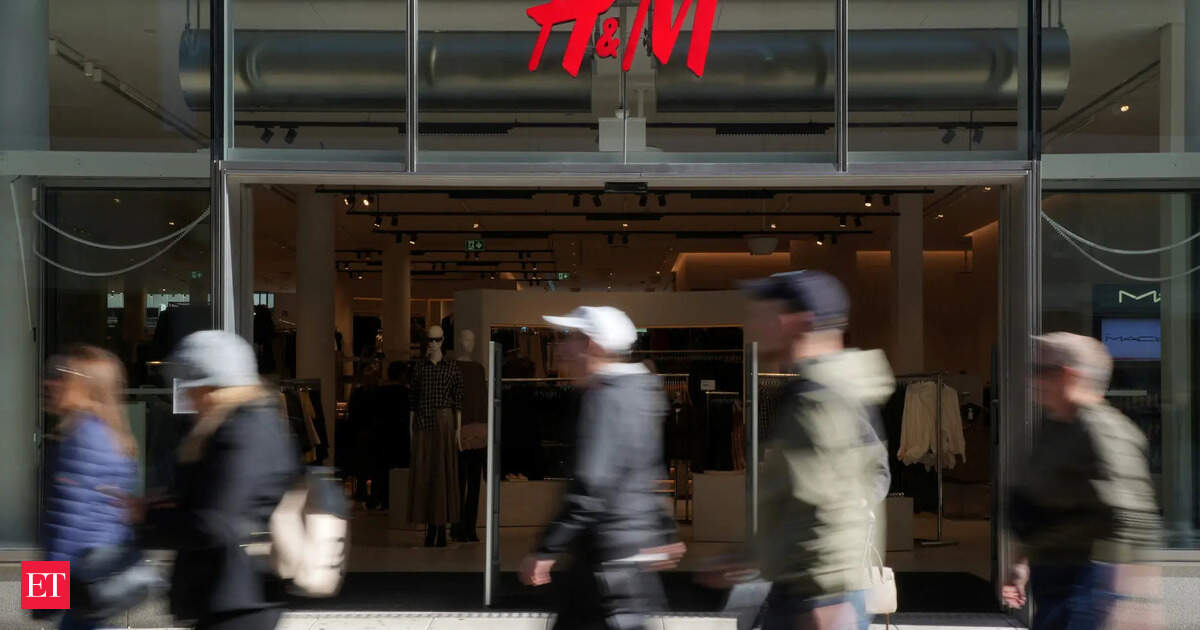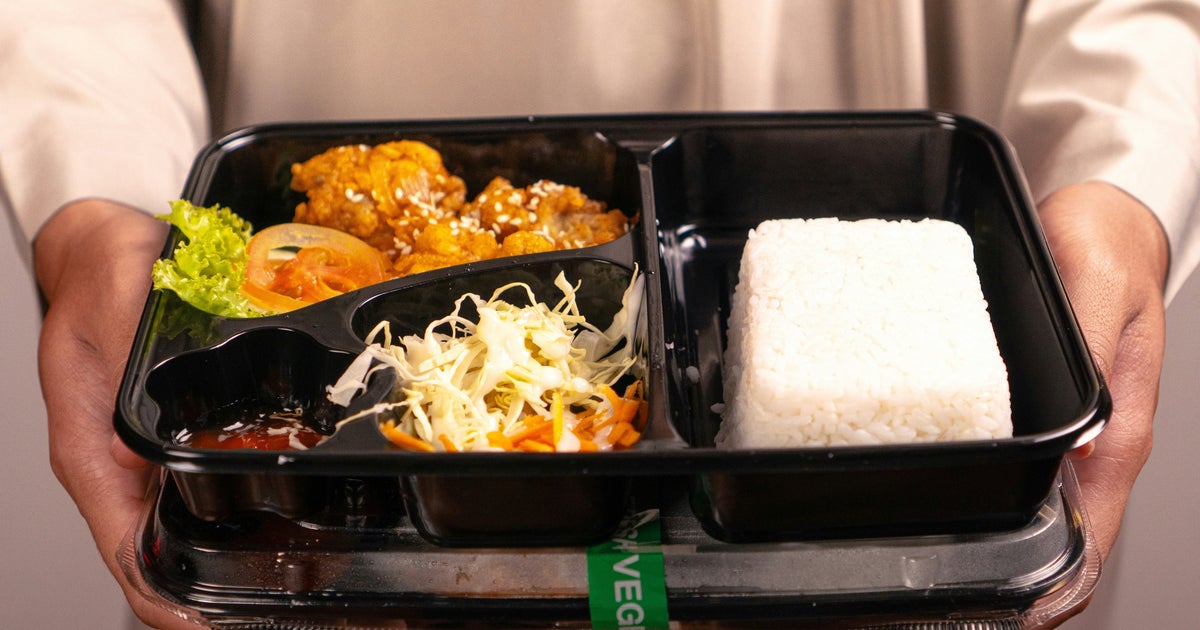Summary
Swedish fashion giant H&M is now entering Indias beauty market. This move places H&M in direct competition with major players like Lakme, LOreal, Tira, and Ny…
Source: economictimes.indiatimes.com

AI News Q&A (Free Content)
Q1: What strategic reasons might H&M have for entering the Indian beauty market, competing with well-established brands like Lakme and Nykaa?
A1: H&M's entry into the Indian beauty market is likely driven by the burgeoning demand for beauty products in India, which is one of the largest and fastest-growing markets. Competing with established brands like Lakme and Nykaa, H&M can leverage its global brand recognition and existing retail network. The beauty segment is a lucrative sector, expected to grow significantly due to an increasing middle-class population and rising disposable incomes. This strategic move allows H&M to diversify its product offerings and capture a share of this expanding market.
Q2: How is the growth of organized retail impacting unorganized retailers in India's beauty and fashion industry?
A2: The growth of organized retail, such as H&M's expansion into beauty, is putting pressure on unorganized retailers. Organized retailers benefit from economies of scale, advanced supply chain logistics, and brand recognition, which often leads to competitive pricing and a wider range of products. This shift can lead to a decline in market share for smaller, unorganized retailers who struggle to compete. However, some unorganized retailers can survive by focusing on niche markets or personalized customer service, as highlighted in studies about the retail sector dynamics in India.
Q3: What innovative technologies are being adopted by retail players like H&M to enhance their market presence in India?
A3: Retail players like H&M are increasingly adopting technologies such as artificial intelligence (AI) and data analytics to enhance their market presence. These technologies are used to optimize supply chains, personalize customer experiences, and improve inventory management. The COVID-19 pandemic accelerated the adoption of such innovations, as retailers needed to adapt to changing consumer behaviors, such as increased online shopping. AI helps retailers in predictive analytics, personalized marketing, and efficient logistics management.
Q4: What are the potential health concerns associated with synthetic cosmetic ingredients, and how might this affect H&M's product offerings in India?
A4: Synthetic cosmetic ingredients have been associated with health concerns such as skin allergies, hormonal disruptions, and other adverse effects. Consumers are increasingly aware of these issues, leading to a demand for natural and organic products. This trend might influence H&M's product offerings in India, pushing the brand to include more natural and sustainable ingredients in their beauty lines. Research into the health effects of cosmetic ingredients emphasizes the importance of safety and efficacy in product formulations.
Q5: How do regulations shape the use of plant-based ingredients in the cosmetics industry, and what challenges does this present for companies like H&M?
A5: Regulations for plant-based ingredients in cosmetics are complex and vary internationally. Companies like H&M must navigate these regulations to ensure their products meet safety and sustainability standards. The challenge lies in the overlapping certification schemes and the need to comply with both local and international regulations. This complexity can hinder the development and marketing of new products, but it also encourages innovation in sourcing and developing sustainable ingredients that meet regulatory requirements.
Q6: What role does consumer awareness play in the success of beauty brands entering new markets like India?
A6: Consumer awareness plays a crucial role in the success of beauty brands entering new markets. Educated consumers are more likely to make informed choices based on ingredient safety, brand reputation, and product efficacy. Brands like H&M can capitalize on this by promoting transparency in their product formulations and highlighting the benefits of their offerings. Engaging with consumers through targeted marketing and educational campaigns can help build trust and brand loyalty in a competitive market.
Q7: How does the trend of 'clean beauty' influence the strategies of international brands like H&M in emerging markets like India?
A7: The 'clean beauty' trend, which emphasizes the use of safe, non-toxic, and environmentally friendly ingredients, significantly influences the strategies of international brands like H&M. In emerging markets like India, where consumers are becoming more health-conscious and environmentally aware, brands must align their product offerings with these values. This involves re-evaluating ingredient lists, committing to sustainable practices, and transparently communicating these efforts to consumers to gain their trust and loyalty.
References:
- Retail Analytics in the New Normal: The Influence of Artificial Intelligence and the Covid-19 Pandemic
- From plant genetic resources to cosmetic active ingredients: when science meets regulation and market rules
- Modeling for the Growth of Unorganized Retailing in the Presence of Organized and E-Retailing in Indian Pharmaceutical Industry
- A case for FDI in Multi-brand retail in India






